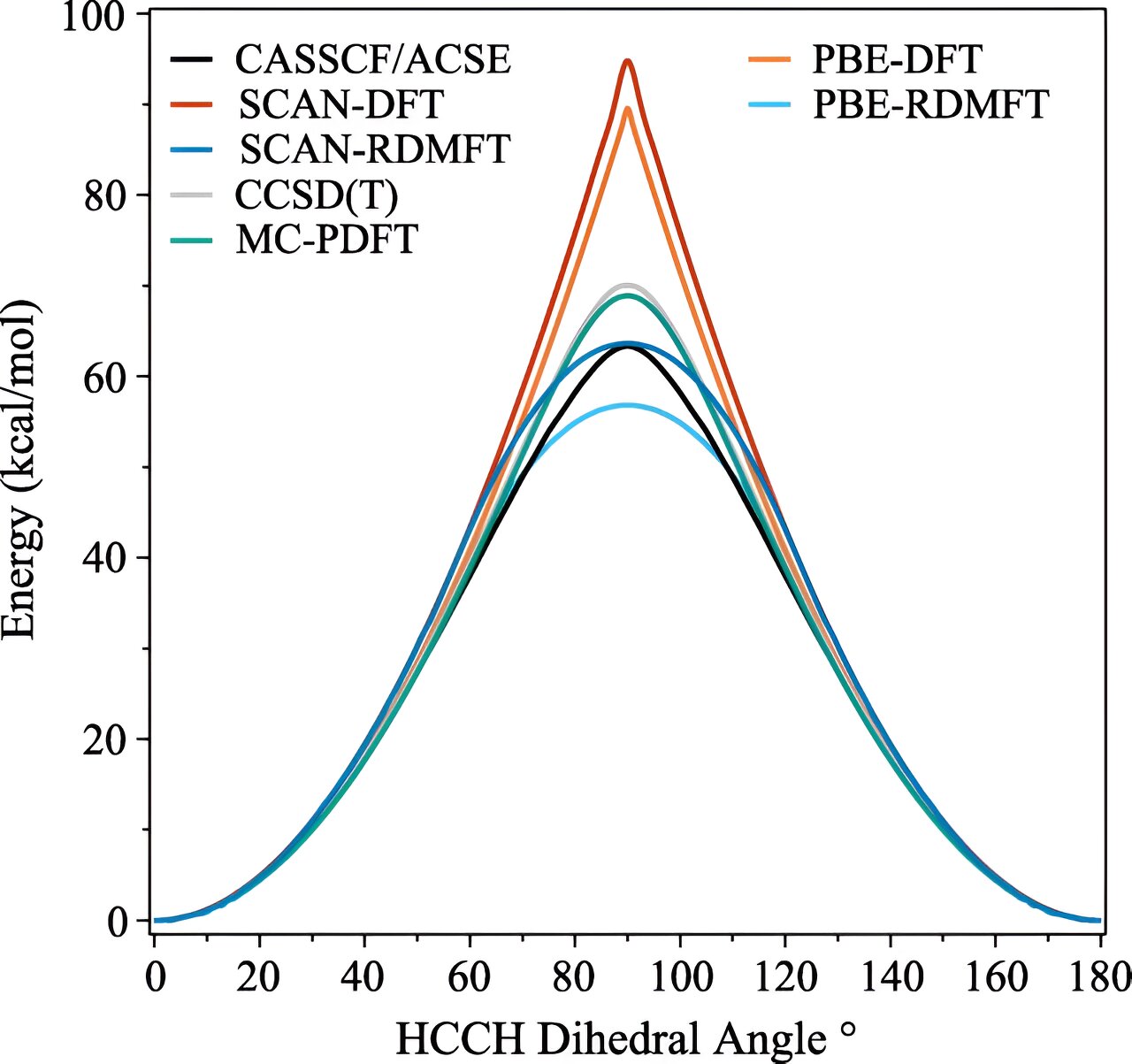Much like the humans that created them, computers find physics hard, but quantum mechanics even harder. But a new technique created by three University of Chicago scientists allows computers to simulate certain challenging quantum mechanical effects in complex electronic materials with far less effort.
“This advance holds immense potential for furthering our understanding of molecular phenomena, with significant implications for chemistry, material science, and related fields,” said scientist Daniel Gibney, a University of Chicago Ph.D. student in chemistry and first author on the paper, published Dec. 14 in Physical Review Letters.
A leaf or a solar panel looks smooth and simple from the outside, but zoom down to the molecular level and you’ll see a wildly complicated dance of electrons and molecules.
In order to make new advances in sustainability, manufacturing, agriculture, and many other fields, scientists model the behavior of these chemical and molecular interactions. This helps reveal new design possibilities for the future—for everything from new ways to sequester carbon dioxide to new types of quantum bits.
Many strides have been made in the last decades, but one of the areas that has remained stubbornly difficult to simulate is when the molecules start to display complex quantum mechanical behaviors that scientists call strong correlation.
2023-12-18 10:00:04
Post from phys.org
